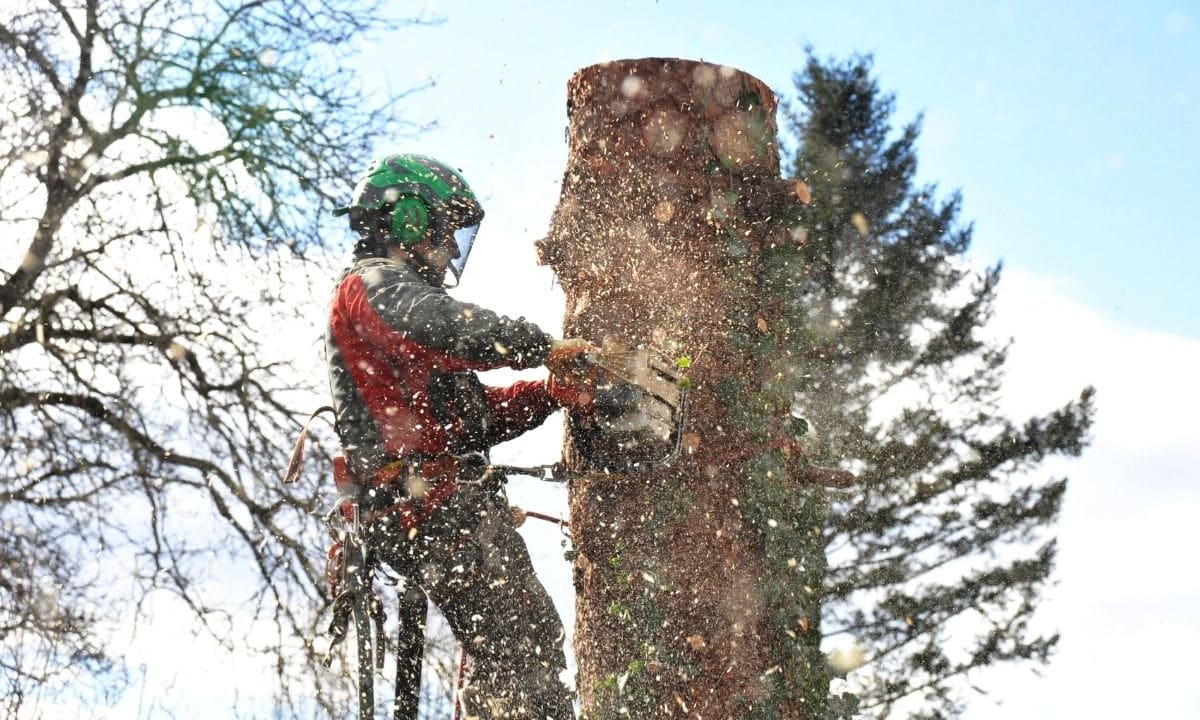Tree Removal: Key Factors Influencing Its Cost
Removing a tree from your property involves more than just cutting it down. The process requires careful planning, specialized equipment, and skilled labor to ensure safety and efficiency. Understanding what influences tree removal costs can help property owners budget appropriately for this necessary service. While some may consider DIY approaches, professional tree removal often proves safer and more cost-effective in the long run, especially for larger or more complex projects. This article explores the various factors that determine how much you'll pay for tree removal services.

Understanding Basic Tree Removal Costs
Tree removal pricing typically ranges from $400 to $2,000, with the national average hovering around $750. However, this range can vary significantly based on numerous factors. The most fundamental element affecting cost is the size of the tree. Small trees (under 30 feet) generally cost between $150 and $500 to remove, while medium-sized trees (30-60 feet) may range from $400 to $1,000. Large trees (60-100 feet) can cost anywhere from $800 to $1,800, and very large trees exceeding 100 feet might cost $1,500 to $3,000 or more. These base prices typically include cutting down the tree and chopping the trunk into manageable sections, but additional services like stump removal, limb chipping, or log splitting usually incur extra charges.
Key Factors Influencing Tree Removal Costs
The complexity of tree removal extends beyond mere height. Tree species plays a significant role in cost determination, as hardwoods like oak or maple are denser and more difficult to cut than softwoods like pine. The tree’s condition also matters—dead, diseased, or damaged trees can be more hazardous to remove, potentially increasing costs. Location presents another crucial factor; trees near buildings, power lines, or in hard-to-access areas require more careful planning and specialized equipment. The tree’s diameter is equally important, as thicker trunks require more cutting time and effort regardless of height. Lastly, local regulations may necessitate permits for tree removal, adding to the overall expense.
Additional Services That Affect Pricing
Beyond basic tree cutting, several supplementary services can impact the final bill. Stump removal typically adds $100 to $400 to the price, depending on the stump’s size and the removal method chosen. Log splitting and firewood processing might add $75 to $150 if you want the wood prepared for your fireplace. Debris removal and cleanup services generally cost an extra $50 to $250, while emergency tree removal—necessary after storms or when trees pose imminent danger—can increase costs by 50% or more due to the urgent nature of the work and potential after-hours labor requirements.
Seasonal Variations in Tree Removal Pricing
The time of year can significantly influence tree removal costs. Winter often brings lower prices as this represents the off-season for many tree service companies, particularly in colder regions. During this period, companies may offer discounts to maintain steady work. Conversely, spring and summer typically see higher demand and potentially higher prices. Fall can be particularly busy as homeowners prepare properties for winter, possibly resulting in premium pricing. Additionally, post-storm periods almost always command higher rates due to increased demand and the emergency nature of many removal jobs.
Geographic Location and Local Market Factors
Where you live substantially affects tree removal pricing. Urban areas generally command higher rates than rural locations due to increased operating costs, more complex access issues, and stricter regulations. Regional differences also exist—the Northeast and West Coast typically have higher average costs than the Midwest or Southern states. Local economic factors play a role too, with areas having higher costs of living generally experiencing higher service rates. Even neighborhood characteristics matter—affluent areas often see higher pricing than middle-income neighborhoods for identical services.
Comparing Professional Tree Removal Service Providers
When selecting a tree removal company, comparing services and costs helps ensure you receive fair value. Below is a comparison of typical service offerings from different types of providers:
| Provider Type | Basic Removal Cost Range | Included Services | Additional Costs |
|---|---|---|---|
| Local Arborists | $500-$1,200 | Basic cutting, professional assessment | Stump removal, debris cleanup |
| Large Tree Service Companies | $700-$1,800 | Comprehensive service, insurance coverage | Premium for emergency services |
| General Landscapers | $300-$900 | Basic cutting, limited equipment | May outsource complex jobs |
| Independent Contractors | $250-$800 | Lower overhead costs | May have limited insurance |
Prices, rates, or cost estimates mentioned in this article are based on the latest available information but may change over time. Independent research is advised before making financial decisions.
Tips for Managing Tree Removal Expenses
Several strategies can help reduce tree removal costs without compromising safety. First, obtaining multiple estimates (at least three) provides leverage for negotiation and ensures competitive pricing. Consider timing your tree removal during off-season periods, typically winter months when demand is lower. Some companies offer discounts for removing multiple trees simultaneously, spreading fixed costs like equipment transport across several jobs. Ask about wood disposal options—keeping the wood as firewood or mulch can reduce hauling charges. Finally, check with your insurance company, as some homeowner policies cover tree removal if the tree poses a hazard to structures or resulted from storm damage.
Tree removal represents a significant investment in property maintenance and safety. By understanding the factors that influence costs and following strategic approaches to service selection, property owners can manage expenses while ensuring professional results. Remember that proper tree removal is not just about removing an unwanted plant but about protecting your property and surrounding structures for years to come.




